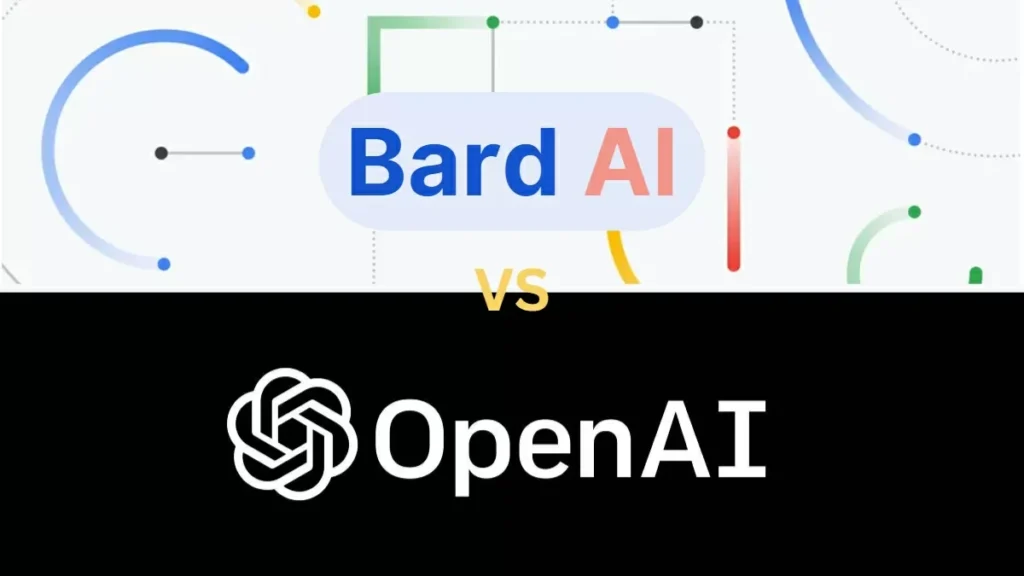
ChatGPT vs Bard AI: A Comprehensive Comparison
AI has transformed the way we interact with technology. With a special focus on natural language processing, this article explores two AI giants: ChatGPT vs Bard AI.
Introduction to AI and Natural Language Processing
Brief Overview of AI
AI, or Artificial Intelligence, is a field of computer science dedicated to creating systems capable of performing tasks that usually require human intelligence. From predictive text to self-driving cars, AI is all around us.
Role of Natural Language Processing in AI
Natural Language Processing (NLP) is a subset of AI focused on enabling computers to understand and communicate in human language. NLP is behind many services we use daily, like digital assistants, translation apps, and chatbots.
Introducing ChatGPT
The Concept behind ChatGPT
ChatGPT, developed by OpenAI, is a language model that uses machine learning to generate human-like text. It can carry out conversations, translate languages, and even write essays.
Features and Capabilities of ChatGPT
ChatGPT is known for its ability to generate coherent, contextually relevant responses. It can mimic different writing styles and cater to a variety of topics, proving a versatile tool.
Limitations and Concerns of ChatGPT
While ChatGPT has impressive capabilities, it’s not perfect. Sometimes, it may produce content that’s inaccurate or inappropriate, and it can’t maintain personal memories or experiences like a human.
Unveiling Bard AI
The Foundation of Bard AI
Bard AI is a text-generation AI developed by OpenAI. It’s specifically designed for generating narratives and stories, making it a creative tool for writers.
Bard AI’s Unique Features
Bard AI’s strength lies in its storytelling capability. It can weave intricate tales, develop characters, and build imaginary worlds, thus serving as a virtual brainstorming partner.
Potential Drawbacks of Bard AI
Despite its creative prowess, Bard AI may sometimes generate inconsistent or irrelevant content. Also, like any AI, it lacks true understanding and emotions.
Comparing ChatGPT vs Bard AI
Performance and Efficiency
Both ChatGPT and Bard AI have strong text-generation capabilities, but their strengths lie in different areas. ChatGPT is more suited for varied conversational contexts, while Bard AI excels in narrative generation.
Usability and User Experience
In terms of user experience, both offer unique value. While ChatGPT can be a personal assistant, Bard AI can serve as a creative writing partner. The choice depends on the user’s requirements.
The Future of AI: ChatGPT and Bard AI
Evolving AI landscape
AI and NLP are rapidly evolving fields. Both ChatGPT and Bard AI, with their distinct capabilities, have a significant role to play in shaping the AI landscape.
Potential Developments in ChatGPT and Bard AI
Looking ahead, we can expect both ChatGPT and Bard AI to evolve further. Their developers are likely to refine their algorithms to address current limitations and adapt to user feedback.
Conclusion
In the contest of ChatGPT vs Bard AI, there’s no definitive winner. Each has its strengths and limitations, and the choice depends on your specific needs. As AI continues to evolve, both have promising futures ahead.
Frequently Asked Questions
- What is the main difference between ChatGPT and Bard AI?
ChatGPT is designed for varied conversational contexts, while Bard AI excels in narrative generation. - Can ChatGPT and Bard AI understand and feel emotions like a human?
No, these AIs can mimic human-like responses, but they do not possess true understanding or emotions. - Are there any risks associated with using ChatGPT and Bard AI?
Like all AI tools, they may sometimes produce inaccurate or inappropriate content. User discretion is advised. - Is there a cost associated with using ChatGPT and Bard AI?
As of September 2021, both AIs have free tiers, with premium access available for additional features. - Can ChatGPT and Bard AI replace human writers?
While these AIs can aid in writing tasks, they can’t replace the creativity, context understanding, and emotional depth of human writers.